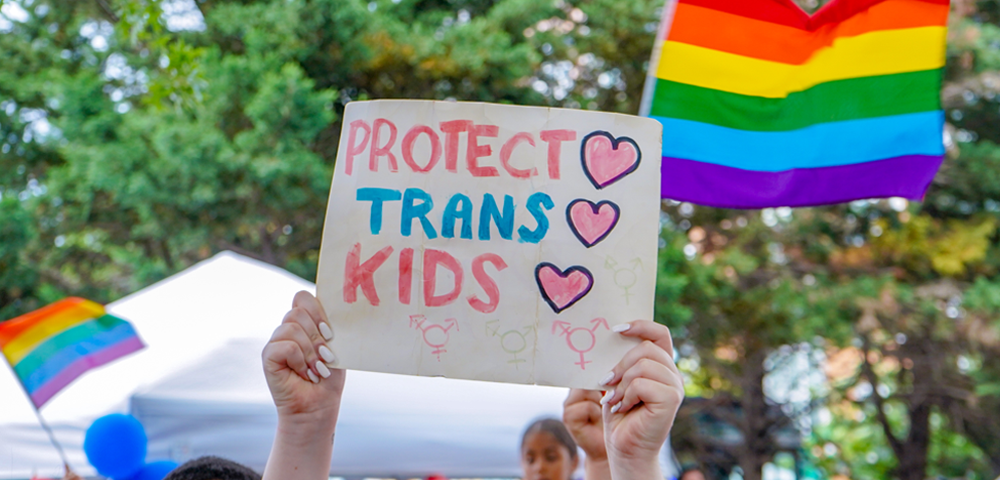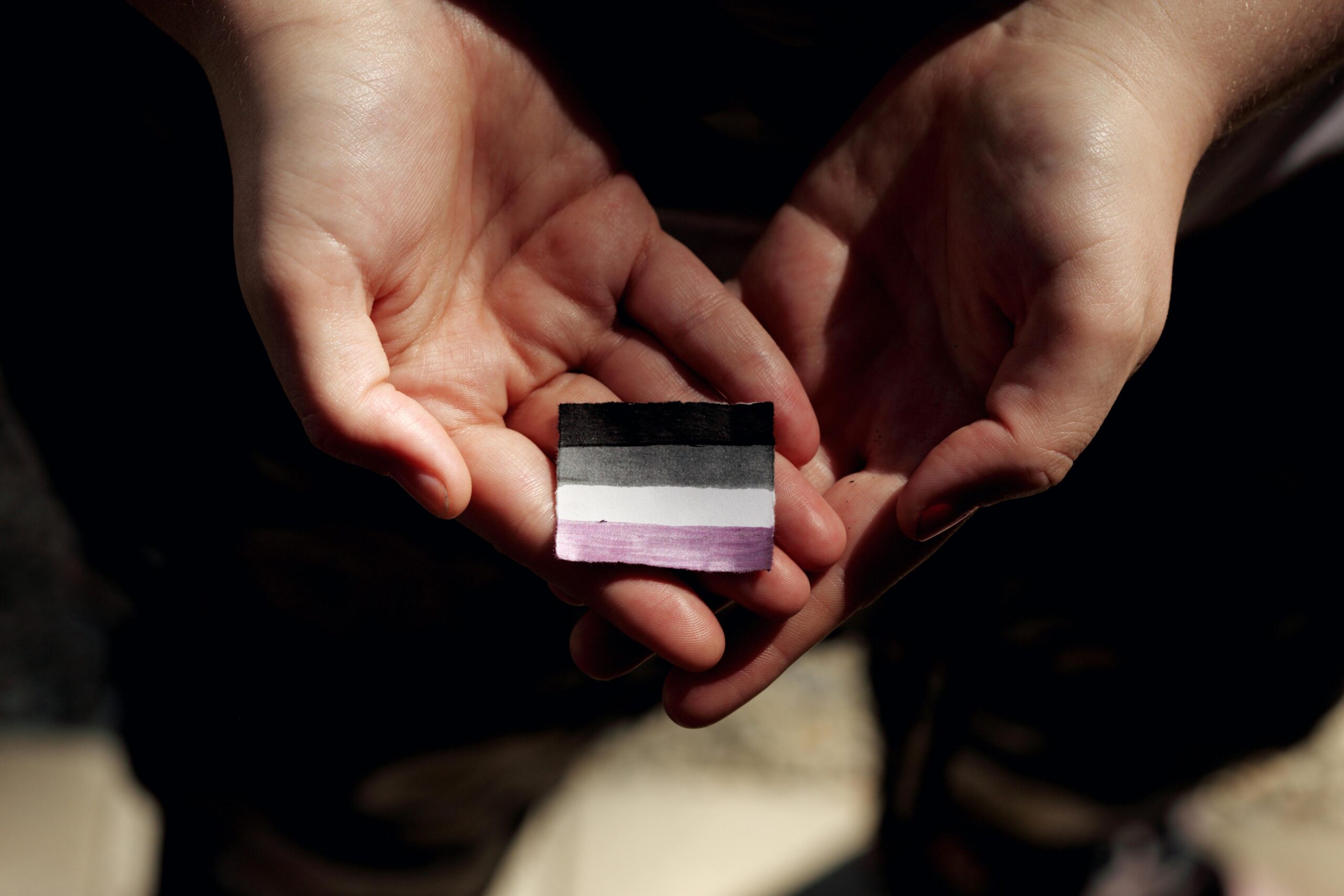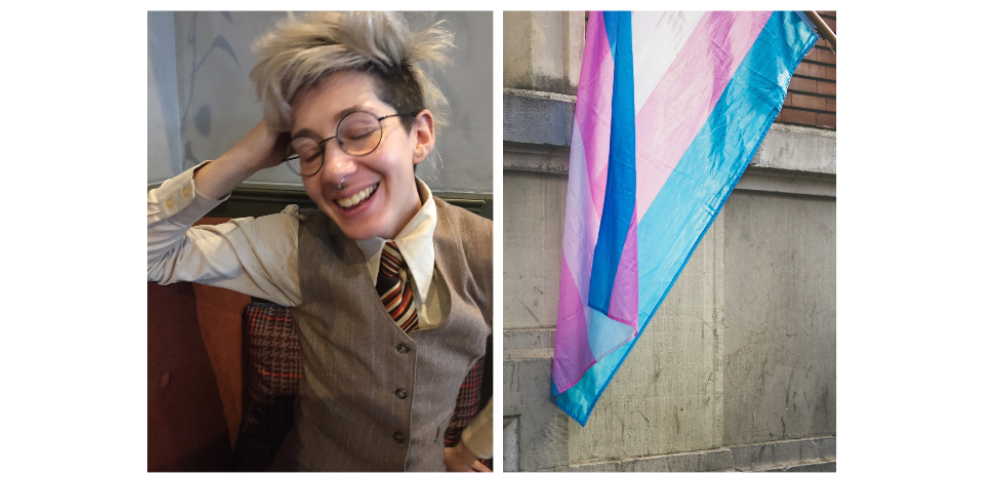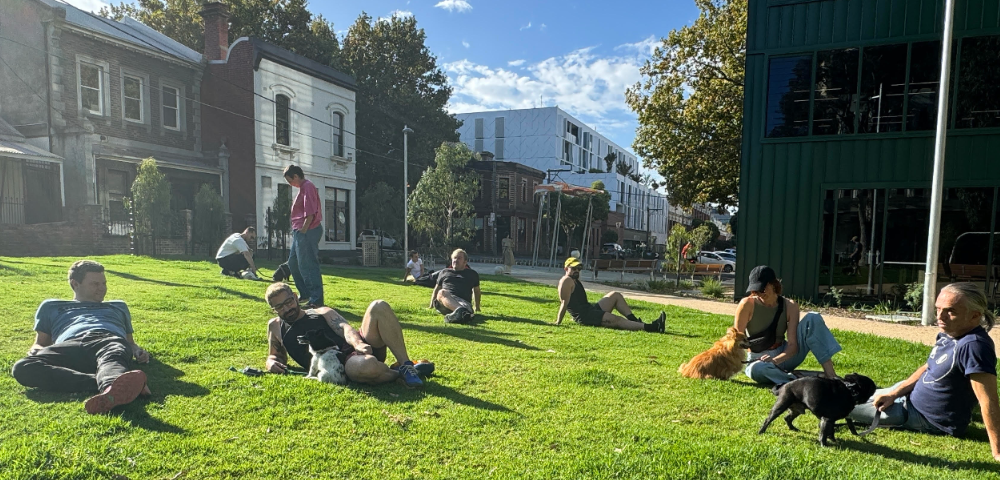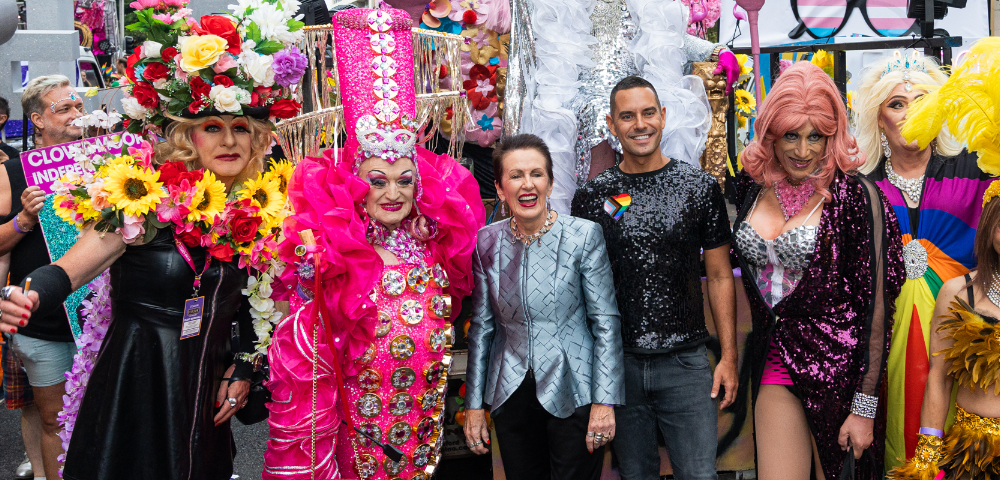
Every gay man must know and understand that HIV is still here

 The World AIDS Day slogan ‘HIV is still here’ is a message that every gay man in Australia must know and understand.
The World AIDS Day slogan ‘HIV is still here’ is a message that every gay man in Australia must know and understand.
Of the 1,250 Australians diagnosed with HIV in 2012, some 75 to 80 per cent were gay men.
Although total numbers have fallen, that percentage has barely shifted for 30 years.
Our community is home to the largest group of Australians with HIV. I use the word home deliberately – because we truly LIVE here.
And the number of gay men living with HIV is growing, for the simple reason that deaths from AIDS are becoming rare in Australia.
The PBS, high quality drugs, and Medicare have played a major part in that, along with laws that prohibit discrimination and education to fight it. It is getting easier – though still not easy – to test, get diagnosed and consider treatments.
Translating those messages through advocacy, campaigns and activism, has been a success for our community. AIDS Councils, HIV+ organisations, and other community organisations have been a critical part of that success.
Our challenge, as always, is preventing new infections. Gay men get HIV more easily than heterosexual men and women – HIV is 18 times more transmissible during anal sex than vaginal sex, which is a basic factor of human biology. And a gay man can be both a top and a bottom. So for gay men, protection from HIV during anal sex continues to be the key challenge.
For 30 years, the most important tool has been the condom. Yet there are others too.
Regular HIV testing has helped to identify infection as early as possible and reduce transmission. And during 30 years of safe sex, gay men have figured out additional ways to reduce the risk of HIV transmission, in particular sero sorting (poz poz or neg neg); strategic positioning, where the HIV+ partner bottoms if barebacking; and negotiated safety.
All these techniques depend on accurate knowledge of HIV status and work best when they are explicit and planned together.
Of course, HIV is no longer the imminent threat to gay men that it once was. This is true both in terms of the chance of contracting HIV and dying, or facing a lifetime of ill health.
Modern HIV treatments lower viral load and infectiousness when taken correctly and consistently, and prevent many related conditions.
Yet a life with HIV is still not easy or simple – or cheap. Medical costs are can be significant and are ongoing. And for many, the most harmful impacts are attitudes: judgments, shame and sexual rejection. These can bring major emotional impacts, whether guys are private or public about their HIV status.
But learning to live with HIV, consider it, and taking the necessary precautions have helped Australian gay men achieve what is considered to be one of the most effective prevention responses in the world.
Reduced infectiousness across the community reduces the risk of infection. Perhaps the quid pro quo for that reduced community viral load is to normalise our attitudes to gay men with HIV- at work, in the bar and as sex partners.
Disclosure is a risky business when you’re scared of a negative reaction. It becomes easier the better the response. There are many ways to say no, and yes, with some care and thought.
At the 2013 HIV conference in Darwin, AFAO and other community partners reported back on the Melbourne Declaration and our concern at the 2012 increase. It’s clear we need to do better in advocacy to get access to the new tools we need. We will lead a renewed focus on HIV prevention, advocacy and safe sex across our community.




